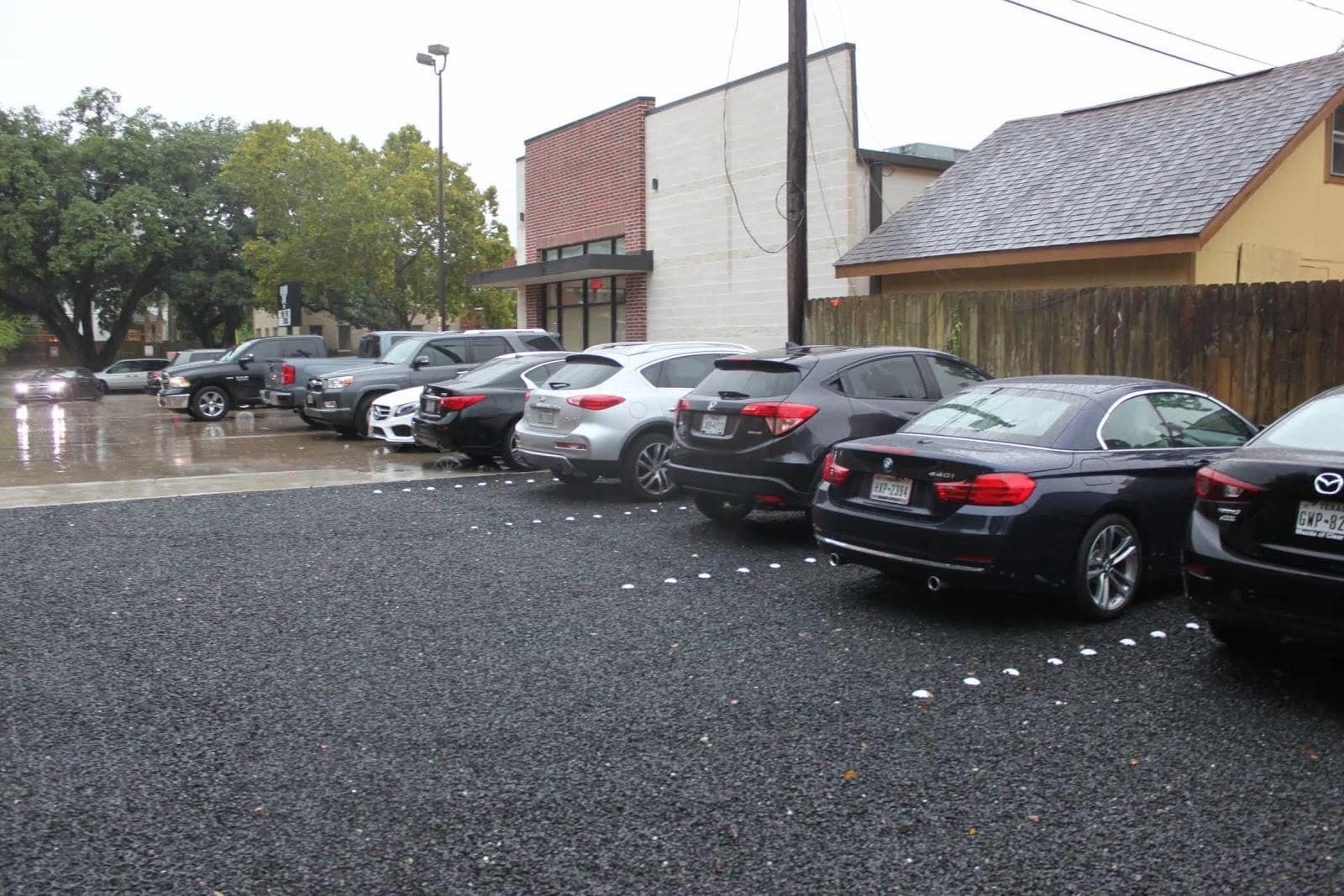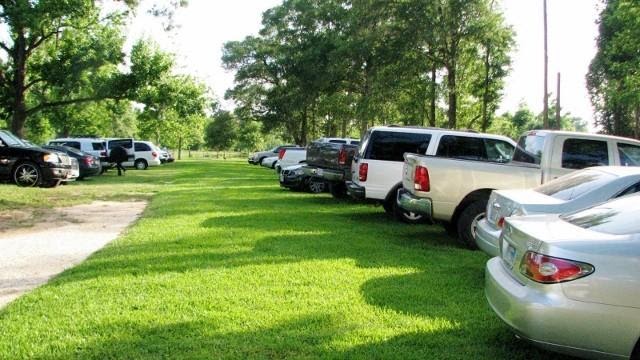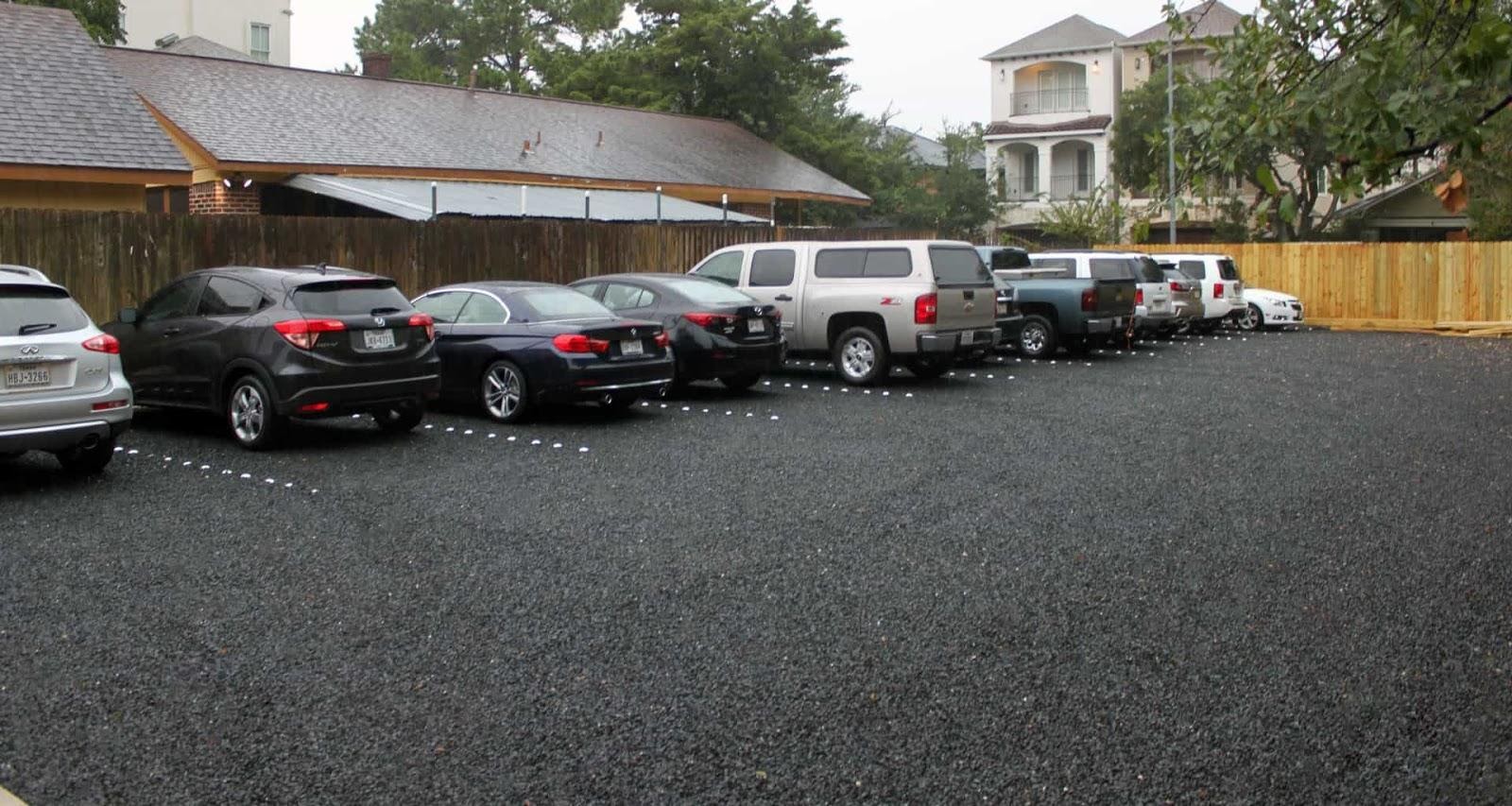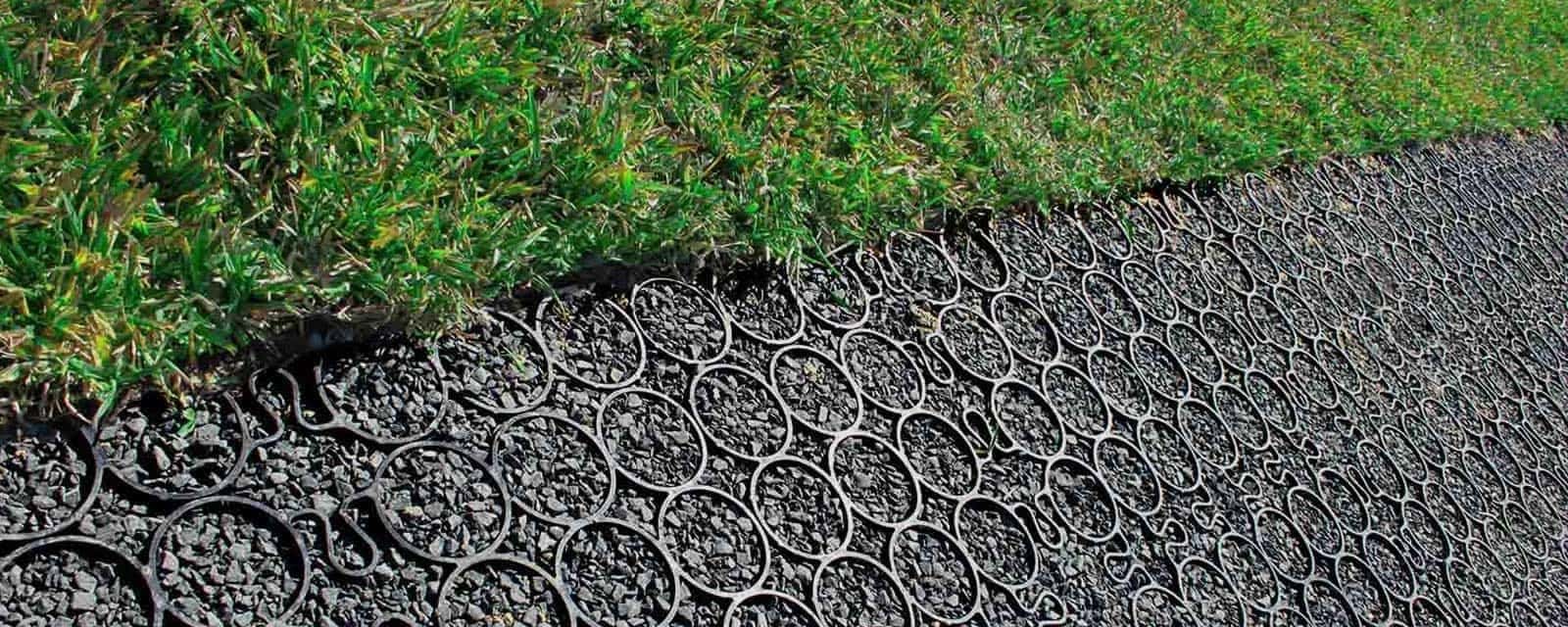If you’re designing a parking lot for your restaurant, there are a variety of factors you need to consider. Restaurant parking lots have different requirements and layouts, depending on how your restaurant is run. Your parking lot is one of the first things people see when they pull up, so it’s important that yours is not only functionally sound, but clean and attractive as well.
To make the perfect first impression on your patrons and present a professional, enticing appearance to the outside world, let’s take a look at some of the things you need to consider before building your restaurant parking lot:
1. Installation
Installation is the first step of building a parking lot, and it can vary wildly, depending on what kind of material you build your lot with. Asphalt and concrete, for instance, require the use of heavy equipment and machinery.
The process can be somewhat noisy, and generally takes more than a few days to complete. Other materials such as permeable pavement take far less time, with installation often able to be completed in less than a day.
2. Maintenance
Maintenance is something to factor into your cost projection long-term. Asphalt and concrete require regular maintenance to stay looking fresh and new. Depending on how particular you are about your lot’s appearance, maintenance can cost you quite a bit over the years.
You should expect to pay upwards of $10,000 to maintain a concrete over asphalt lot throughout its lifetime, though it may cost much more. A permeable paver lot from TRUEGRID would cost you next to nothing over the same period of time.
3. Flooding

Flooding prevention and rainwater management is something every parking lot has to deal with. For impermeable materials like concrete and asphalt, you need additional drainage systems and design features to plan for rainwater management.
This often means sloping your lot at a certain degree, and/or installing costly plumbing to divert rainwater into the gutter or a detention pond. TRUEGRID permeable pavement comes with built-in drainage, allowing water to drain directly through it and into the ground below, as nature intended.
4. Overflow Parking

Depending on the traffic you get and the size of your main lot, you may want to install an overflow lot for times when your main lot gets full. Overflow lots are often built with cheaper materials like unstabilized gravel, plain dirt or grass that ruts.
While they don’t see as much traffic as the main parking lot, you can make yours look just as professional as your main lot by stabilizing it with TRUEGRID permeable pavers. The low cost and incredible durability of these pavers make them the perfect choice for overflow parking, as well as regular parking.
5. Parking Spot Requirements
Another thing you need to determine before building a lot is how many spots you’ll need. Once you have an accurate assessment of how many restaurant row parking spots to include, you can then go about designing the layout and other features of your parking lot. You can’t effectively stripe a gravel or grass lot- until now. With either grass or gravel filled TRUEGRID, you can stripe with snap in SuperSpot® parking markers to efficiently pack as many cars into your lot as possible.
6. Valet Parking
If you have an upscale restaurant, you may want to include valet parking. This will involve putting together a restaurant parking design with a special area for valet customers to pull-up to, as well as a separate area to park their vehicles. You may need a permit for valet parking in urban areas if your location is cramped for space.
7. Local Codes and Ordinances

On the subject of permits, you will need to obtain the proper permits if you want to build an asphalt or concrete lot. In cityscapes and urban areas, these can be harder to obtain.
One way of circumventing this is by stabilizing an already existing gravel lot with TRUEGRID pavers, though you will likely need a permit if any excavation is taking place. TRUEGRID ROOT pavers are one way to turn a grass area into a parking lot without any permits or permission required.
8. Parking Exemptions
If your business is located within a city, as many are, you may be able to take advantage of an exemption rule for your parking lot. This means there will be fewer restrictions on your lot and it will be easier to obtain the required permits. Some cities put this exemption rule in place to help draw in business owners and make it more attractive to build there.
A TRUEGRID Lot is Perfect for Your Restaurant

As you can see, there are lots of considerations to entertain when it comes to building your restaurant parking lot. Restaurant row parking requires a combination of durability, aesthetic beauty, and proper planning if you want to perfect it. Asphalt and concrete may serve you well, but only TRUEGRID permeable pavers can provide you with everything you need in a parking lot, while still being durable and affordable.
By implementing a restaurant parking design with TRUEGRID permeable pavers, you can speed up installation time, make it easier to get the necessary permits, and provide your business with a beautiful and professional-looking lot that complements your restaurant beautifully.
For a better restaurant parking solution, reach out to us at TRUEGRID today for more information and a custom quote.



